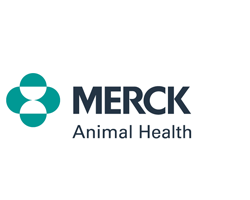Remote Monitoring & Artificial Intelligence
Advances in telehealth technologies are helping shape the future of veterinary healthcare. Telemedicine consults, remote monitoring devices, and AI are all evolving to provide healthcare teams new ways to gain deeper levels of patient information that enhance diagnosis and treatment decisions, while also fostering client relationships.
TIP: If clients have purchased wearables or remote monitors for their pet(s), discuss if, how, and when you would like to receive data and how you would use that information as part of a wellness or treatment plan.
Considerations for Remote Monitoring and Wearable Devices
- These devices can collect and analyze data both synchronously and asynchronously.
- Data may be retrieved from remote locations on multiple devices including smartphones, personal computers, laptops, and tablets.
- Tracking trends can help identify warning signs and trigger interventions before problems reach an acute stage.
- The information obtained from these devices helps healthcare providers to identify appropriate preventive care and manage chronic medical conditions such as diabetes, heart disease, and arthritis.
- Real-time facts can help clients understand the importance of adherence to medication and other treatment regimens, which may reduce hospital admissions and readmissions, leading to better outcomes and patient health.
Considerations for AI-Assisted Diagnostics
Recent advances in AI research are now working their way into AI-assisted veterinary diagnostic services. Ask your diagnostic service providers which AI-assisted services they have available for use today.







